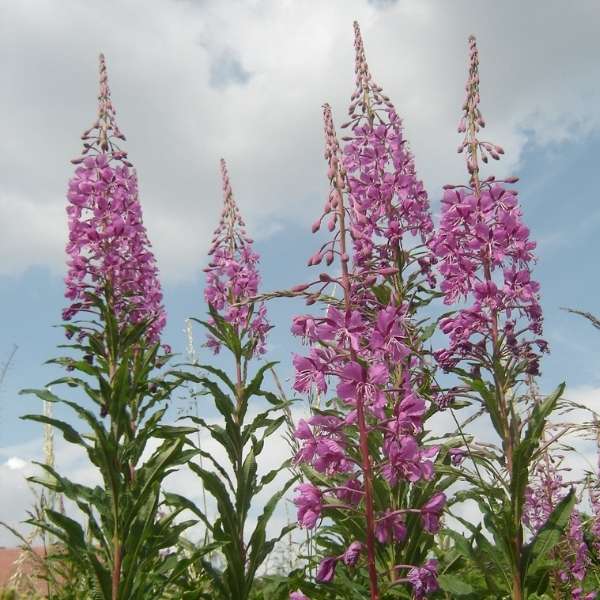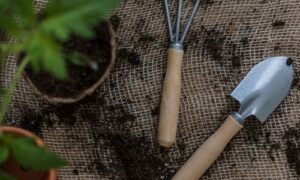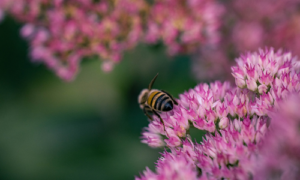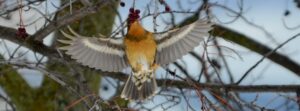Pink spires of flowers bloom at tops of tall, erect, leafy stems with narrow willow-like leaves. Fireweed often grows in spectacular dense patches, and though attractive, it is aggressive in a moist garden, spreading from persistent underground stems. The seeds are dispersed far and wide by long, white, silky hairs. Bees value it as a source of nectar, and the very young shoots and leaves can be eaten as cooked greens. Recent work at the genetic level has shown that Chamerion, recognized by its alternate leaves, is distinct from Epilobium (with leaves opposite, at least near base), the genus in which Fireweed was formerly placed. Description from wildflower.org
Home > Plant Guide >
Scientific Name
Family
Garden Type
Wildlife
Native Plant Region
Light needs
Water Needs
Plant Type
Bloom Color(s)
Height
Width
Months in Bloom
Safe Beneath Power Lines?

We’d like to maintain accurate and robust plant listings. If you see information that is not correct or that could be added to improve the listing, please let us know. Or if you’d like to suggest a plant to add to our plant guide, you can use this form do so. Thank you!

New types of vegetation can attract additional wildlife to an area. You might be surprised how a little green can go a long way!

This workshop will guide you through the process and materials needed to help you decide if Mason Bees are right for you and your garden, whether you have a small deck or an open garden.

Learn about the diversity in pigeon populations in the United States and the implications of this variability on the species.

Take a virtual trip across Capitol Hill to learn about urban habitat types, how to identify the unique birds they support, and what we can do to make the neighborhood a safer place for them to live.

Start a garden in a planting strip along the street. Explore our interactive corridor map, find what to grow, and start nurturing today.

The urban environment presents dangers to wildlife that they are not always adapted to overcome. Reducing urban hazards is an essential part of enhancing habitat in cities. After all, we do not want to lure wildlife into our neighborhoods only to have them fatally collide with our windows.
Nature of Your Neighborhood is a collaboration between Birds Connect Seattle, the Capitol Hill EcoDistrict, and the Seattle Bird Conservation Partnership. Our goal is to foster relationships between the people and the nature of their neighborhoods.